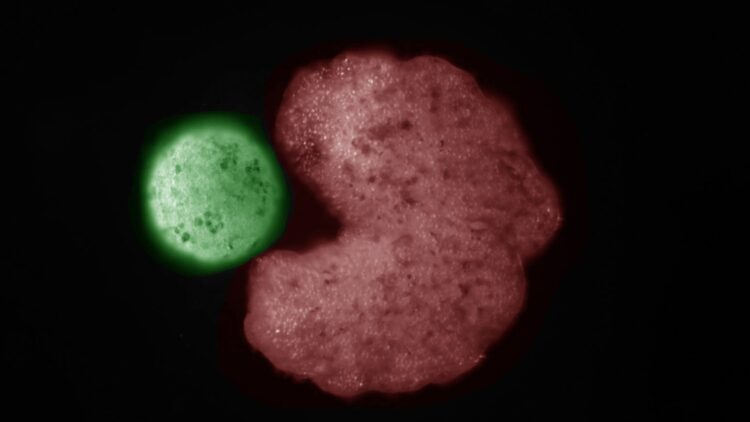For many years now, researchers worldwide have tried to determine what happens when life as we know it ceases. Scientists have created a new organism called xenobots for the first time.
This ‘living machine’ raises questions about biology and robotics and what life is that we may have never considered. Xenobots create a new ‘third space’ outside the binary of life and death, which poses essential implications for medicine, environmentalism, and our conception of being.
The incredible birth of the xenobot: A leap in bioengineering you need to know about
The xenobot is not just any robot out there in the market. Known as Xenoscope, it has been developed from stem cells of the African clawed frog (Xenopus laevis) and relates to biology, computer science, and artificial intelligence.
The specific stem cells were carefully crafted by scientists from the University of Vermont and Tufts University into such designs, using supercomputers to assemble biological machines for motion, repair, and functionality.
After construction, these xenobots became mobile, self-repairing, and capable of functioning collaboratively, which a conventional robot could not. This combination of natural cells and computation has opened up a new region where biology is code and form can be computed.
Xenobots are quite different from conventional robot models: these creatures do not contain metal, gears, or electricity. Instead, they are little globules of living tissues that can survive without synthetic substances.
This unique structure gives them a distinct advantage: when injured, they can regenerate and hence be regarded as more sustainable than any mechanical device. Furthermore, it degrades; therefore, it does not pollute the environment, an issue that comes hand in hand with robotics.
It established a region in which they do not die but do not exist as living beings in the conventional sense; it defied scientific beliefs of the past. This third state has significant consequences, meaning that a living organism can exist non-permanently in certain conditions and does not fit biological laws, which provide for birth, growth, and death.
Exploring applications of xenobots: From medicine to environmental solutions
Xenobots offer a lot of potential, especially for health and environmental use. Some of these biological robots can swim and, therefore, can be used to transport drugs within the human body. It could hit areas like a tumor without affecting healthy cells, which would be a game changer in personalized medicine.
Furthermore, xenobiotics provide solutions to pollution by removing microplastics from oceans or toxic waste with essential environmental functions with little harm. This is possible because they are designed to work where other machines cannot, helping to make the planet cleaner without adding new toxins.
Rethinking ethics and philosophy: The implications of the third state on humanity
The formation of xenobots makes people think about what life is, consciousness, and what our role as creators is. They are not robots in the conventional sense or animals; they present a novel case for our ethical relationship with the non-sentient.
According to some philosophers, such change entices people to rethink the basic tenets of life and what is right or wrong in a society. Since xenobots are not conscious, they exist in a realm that is still not easily measurable by our current ethical standards.
These questions pose the right tone and direction, ensuring this technology’s integration and the depth of life and consciousness are safe for humanity.
Embracing a new frontier in science and ethics for a sustainable future
Xenobots are creations that exist on the border between the living and the artificial and are in the new “third category,” which is challenging to define. Its capacities for autonomous repair, environmental degradation, and performance of specific tasks can revolutionize medicine, protect the environment, and even change the understanding of what exists.
That said, ethical consciousness does not become obsolete as we step further into this uncharted area. This new life form also calls for more than innovative thinking but a new kind of stewardship towards creation. Looking at xenobots, we realize that the principal value of technology is not in its possibilities but in people’s intention to use it for a sustainable and ethically sound future.

